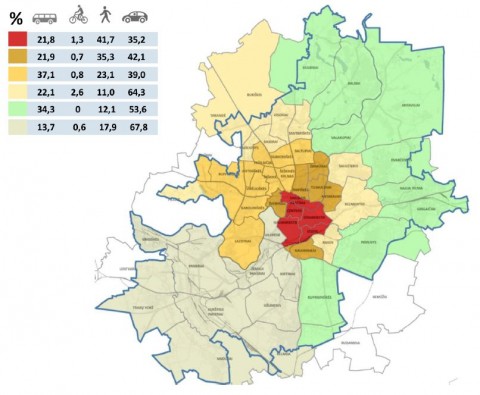Human patterns in city's transportation system
| Numbers | |
| 104 | documents analysed |
| 12 | presentations conducted |
| 4 | reports prepared |
"We have all the data to find the answers, yet it all looks too neutral to form a proper understanding.”
This was the issue our team was called for. The capital of Lithuania had worked many days to conduct various researches and extract data for getting crucial answers in city's mobility, and the result was only one step forward. It did not look or feel as the answer. Everybody understood the need for a context to interpret the data, but neither could do it. We were happy to provide our expertise on a matter of such importance.

The trends within data indicated obvious truths that in the morning people moved towards job areas and in the evening they commuted to more dense living districts. There were also certain bottlenecks, usually around bridges. But what was the goal of a person when he or she was going to a work or back. Do they think about same things? Does their mood reflect the same emotions? What was behind each data pattern?
Ethnography interventions and contextual mapping revealed important aspects which where later translated into adjectives glued to most important commute lines.
Fast, do not disturb, zoom in modes were expressing the world of work-goers. Whereas, relaxed, conversational and soft defined the culture of after-job people.
These bits of context gave decision makers a needed push to comprehend which choices to make and what solutions to apply. Later on we conducted a research on relevant trends, explored success cases and provided the municipality with more depth and meaning. It helped to create better soft measures for sustainable mobility and better commute in general.